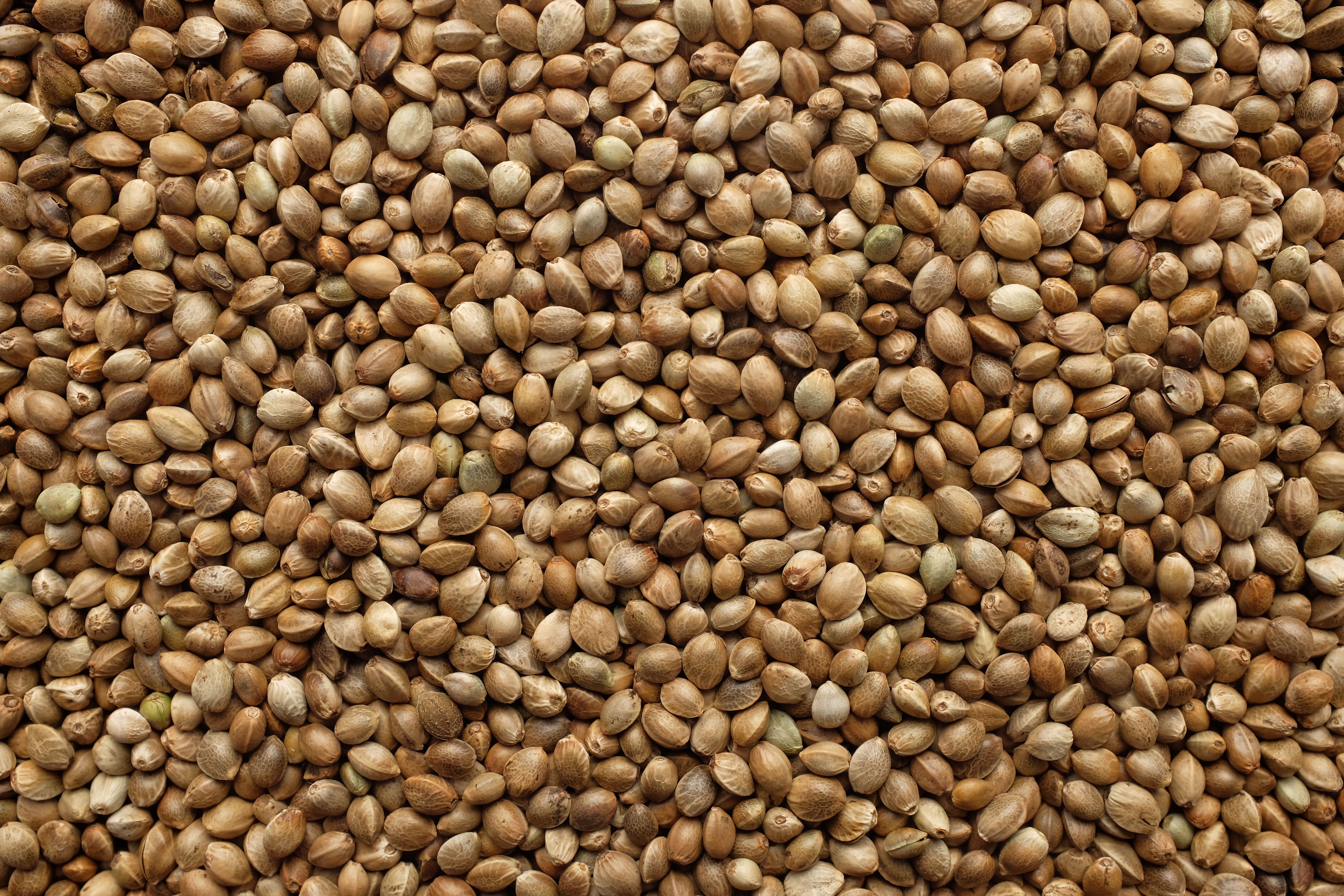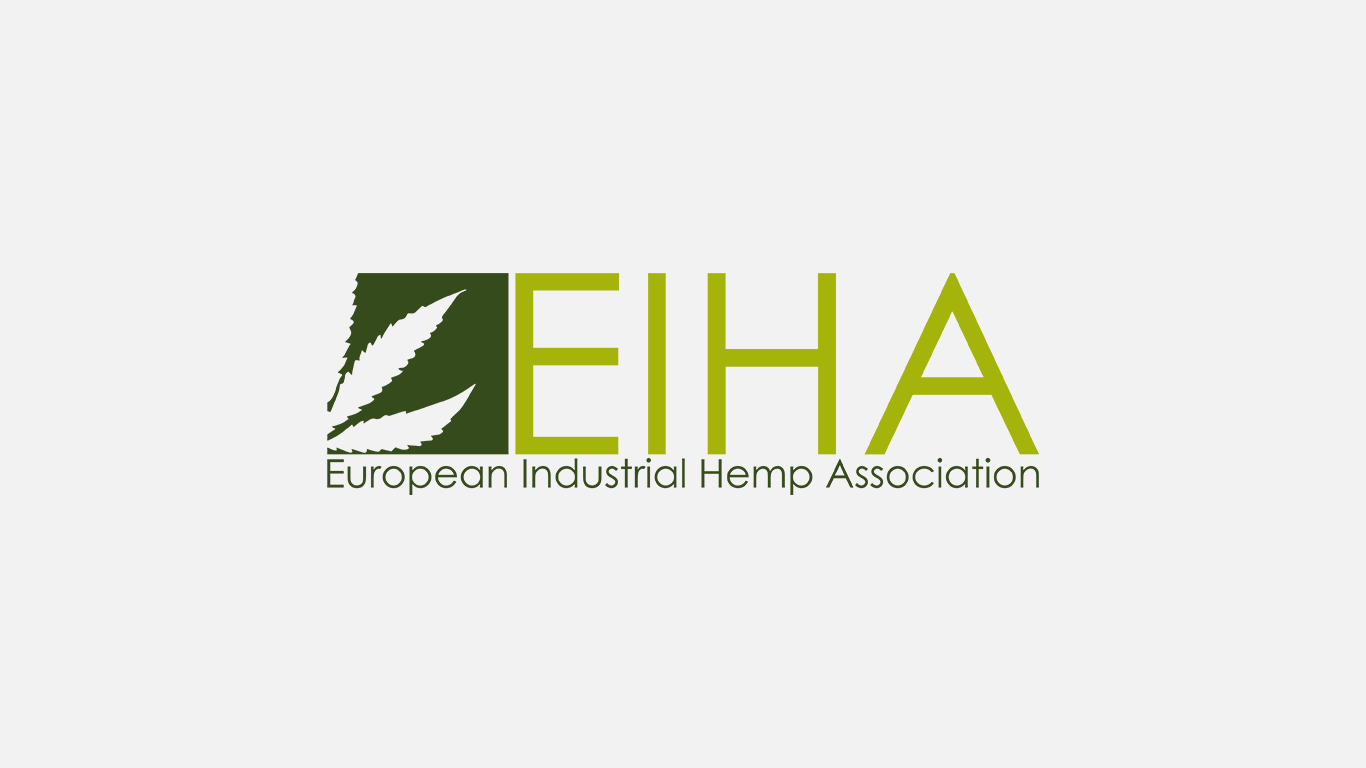Global Hemp Exports: Insights and Trends
Given the dynamic world of international trade, understanding the intricacies of exporting hemp products is crucial for players operating in this burgeoning market. Therefore, the following is an insight into the export trends of three important hemp categories.

In the dynamic world of international trade, understanding the nuances of exporting hemp products is critical for players navigating this burgeoning market. A recent article from the United Nations Conference of Trade and Development examines the latest findings on global hemp exports, highlighting key insights and emerging trends that are shaping the industry landscape.

Export statistics
The analysis begins with a careful examination of three main categories of hemp products (hemp seeds and by-products, hemp fibres and yarn, processed textiles) which are discussed in the following sections, organised according to their global export value.
These values are derived from both international classifications, like the Harmonised System (HS), as well as national classifications to ensure a thorough examination of trade dynamics. However, discrepancies in product descriptions between national classifications emphasise the difficulty of obtaining a holistic overview of global exports.

Hemp Seeds and By-products
Delving into hemp seeds and by-products reveals interesting trends characterised by regulatory reforms and the COVID-19 pandemic. Although hemp seeds do not have specific HS codes, they represent a significant segment of global exports.
Data from various countries, including the EU-27, the United States and Canada, emphasise the resilience and adaptability of the sector. Notably, global export values fluctuated and peaked in 2020 before stabilising in subsequent years (about US$ 111 million in both 2019 and 2022, reaching a peak in 2020 with over US$ 140 million).

Hemp Fibres and Yarn
Examining hemp fibres and yarn provides a differentiated picture of the market dynamics, which are determined by the cyclicality of the agricultural seasons. An upward trend can be seen for all fibre products in 2021. In that year, exports of raw fibres amounted to US$ 14 million, semi-processed fibres reached US$ 23.5 million and yarn exports amounted to US$ 15 million. However, this upward trend was followed by either a decline or stagnation for all products in 2022.
Despite the difficulties in data collection, it can be observed that European countries dominate the global exports of raw fibres with USD 2.7 million in 2022 while China becomes the dominant player in the yarn market with exports of USD 12.7 million in 2022.

Processed textiles
The third area considered relates to processed textile products and offers insights into the modest growth in exports, particularly in twine, rope and woven fabrics (US$ 14 million in 2022, compared to about US$ 11 million in 2019). Of note is the increase in exports of woven fabrics, driven primarily by Asian countries such as China and India. This underscores the regional dynamics in the global hemp market.

Challenges and Opportunities
The study of global hemp exports highlights both challenges and opportunities for stakeholders. The limited product coverage in the international classifications emphasises the need for a more comprehensive approach to capture the full spectrum of hemp-based products. Harmonising coding systems and improving data accessibility can promote transparency and facilitate international trade, paving the way for equitable market access.

Outlook into the future
As global markets continue to evolve, a collective effort to improve measurement standards and expand the product range is critical to promoting equitable market access and curbing the dominance of a few players. This is why the work of organisations such as the EIHA (European Industrial Hemp Association), which aims to guide and promote the development of hemp cultivation, processing and trade in the European Union in order to develop a harmonised and safe common market for high-quality hemp products, is so important. Through collaboration we can overcome the challenges and realise the full potential of the emerging hemp industry.

To summarise, researching global hemp exports offers valuable insights into market dynamics and trends. With a forward-thinking approach and collaborative action, stakeholders can lead the hemp industry to sustainable growth on the global stage.


